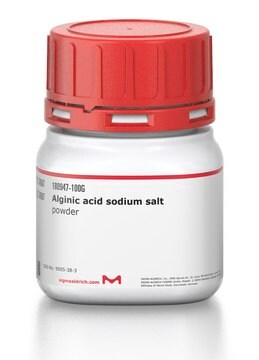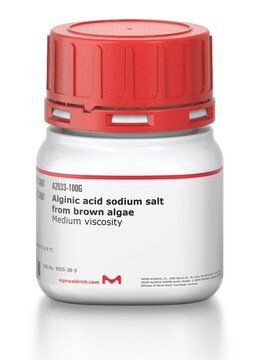W306509
Thimianöl
white, FG
About This Item
Empfohlene Produkte
Biologische Quelle
Thymus vulgaris and/or Thymus zygis oil
Qualität
FG
Fragrance grade
Halal
Kosher
Agentur
follows IFRA guidelines
Einhaltung gesetzlicher Vorschriften
EU Regulation 1223/2009
EU Regulation 1334/2008 & 872/2012
FDA 21 CFR 182.2
Optische Aktivität
[α]20/D −1°, neat
Ursprung
France origin
Brechungsindex
n20/D 1.502
bp
195 °C
Dichte
0.917 g/mL at 25 °C
Anwendung(en)
flavors and fragrances
Dokumentation
see Safety & Documentation for available documents
Nahrungsmittelallergen
no known allergens
Allergener Duftstoff
linalool, citral (neral+geranial), limonene (sum of D, L and DL), geraniol, α-pinene and β-pinene
Organoleptisch
herbaceous; camphoraceous
Suchen Sie nach ähnlichen Produkten? Aufrufen Leitfaden zum Produktvergleich
Verwandte Kategorien
Allgemeine Beschreibung
Anwendung
- Obliteration of H. pylori infection through the development of a novel thyme oil laden nanoporous gastric floating microsponge.: This study presents an innovative application of thyme oil encapsulated within nanoporous microsponges designed to target and eradicate Helicobacter pylori in the stomach, demonstrating the potential of natural compounds in medical applications (Jafar et al., 2024).
- Experimental trials to assess the immune modulatory influence of thyme and ginseng oil on NDV-vaccinated broiler chickens.: This research evaluates the immunomodulatory effects of thyme oil on vaccinated poultry, suggesting its utility in enhancing immune responses in agricultural practices (Hassanin et al., 2024).
- Antimicrobial polysaccharide hydrogels embedded with methyl-β-cyclodextrin/thyme oil inclusion complexes for exceptional mechanical performance and chilled chicken breast preservation.: Highlights the development of polysaccharide-based hydrogels incorporating thyme oil for food preservation, showcasing its antibacterial properties and potential for extending the shelf life of perishable goods (Chen et al., 2024).
- Corn cob nanocellulose packaging for increasing the shelf life of food products.: Investigates the role of thyme oil in biodegradable packaging solutions, enhancing the antimicrobial properties of corn cob nanocellulose composites, which could revolutionize sustainable packaging technologies (Cheran et al., 2024).
- Evaluation of the effectiveness of natural extract as a substituent for synthetic preservatives and antioxidants in pharmaceutical preparations.: Examines thyme oil′s efficacy as a natural preservative in pharmaceutical products, promoting its application as a safer alternative to synthetic additives (Al-Rimawi et al., 2024).
Biochem./physiol. Wirkung
Signalwort
Danger
H-Sätze
Gefahreneinstufungen
Flam. Liq. 3 - Skin Corr. 1B
Lagerklassenschlüssel
3 - Flammable liquids
WGK
WGK 2
Flammpunkt (°F)
140.0 °F - closed cup
Flammpunkt (°C)
60 °C - closed cup
Persönliche Schutzausrüstung
Faceshields, Gloves, Goggles, type ABEK (EN14387) respirator filter
Hier finden Sie alle aktuellen Versionen:
Besitzen Sie dieses Produkt bereits?
In der Dokumentenbibliothek finden Sie die Dokumentation zu den Produkten, die Sie kürzlich erworben haben.
Unser Team von Wissenschaftlern verfügt über Erfahrung in allen Forschungsbereichen einschließlich Life Science, Materialwissenschaften, chemischer Synthese, Chromatographie, Analytik und vielen mehr..
Setzen Sie sich mit dem technischen Dienst in Verbindung.





